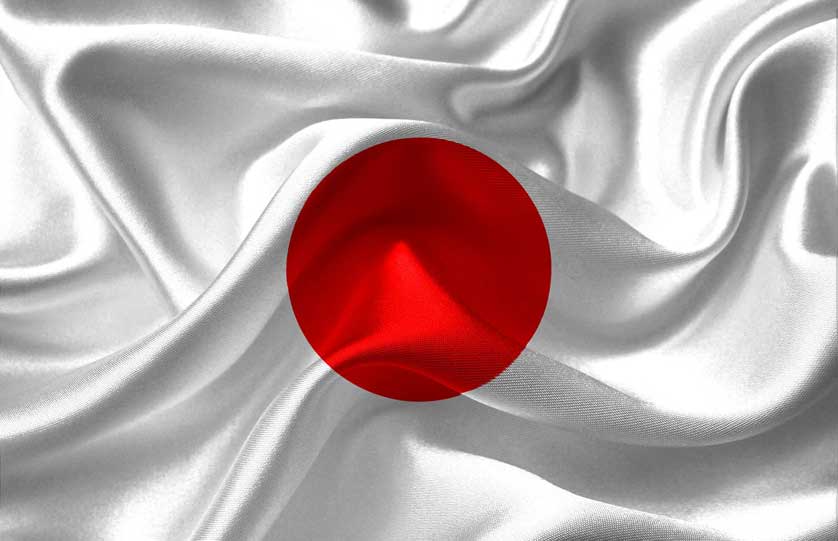The Hinomaru: Japan's National Flag and Its Symbolism

The Hinomaru (日の丸), meaning "circle of the sun", is the national flag of Japan. It features a vivid red circle centered on a white background, symbolizing Japan as the "Land of the Rising Sun". The striking simplicity of the design belies the flag's rich history and cultural significance that have shaped Japanese identity for centuries.
Origins and Early History of the Hinomaru
The earliest recorded use of the Hinomaru dates back to 701 AD, when Emperor Monmu used a flag depicting the sun during court ceremonies. Its circular shape and red color are associated with the sun goddess Amaterasu, the mythical ancestor of the Imperial family in Japan's history. During Japan's feudal period, samurai clans would carry banners bearing the Hinomaru into battle, gradually establishing it as an important national symbol.
Adoption as Japan's National Flag
Although the Hinomaru had long been used as a de facto national flag, it was not officially adopted until 1999. Its use on ships was mandated in 1854 to distinguish Japanese vessels from foreign ones. In 1870, the Meiji government designated the Hinomaru as the national flag, showcasing it as an emblem of a newly unified and modernizing Japan.
Design and Specifications
The Hinomaru's design is governed by precise specifications laid out in laws passed in 1870 and 1999. The flag has a ratio of 2:3, with the red sun disc's diameter equal to 3/5ths of the hoist width. The disc itself is placed slightly off-center towards the hoist, an intentional feature to create a balanced appearance when the flag is flying. Several official color designations for the red disc exist, varying between government agencies and flag manufacturers.

Hinomaru in World War II
During World War II, the Hinomaru became closely linked with Japanese militarism and nationalism. It adorned propaganda posters and was hoisted at conquered territories across Asia. This wartime usage led to the flag being viewed negatively in neighboring countries that experienced Japanese occupation. After Japan's defeat, the Allied occupation authorities initially restricted the flag's public display, but constraints were later loosened.
Modern Perception and Controversies
In post-war Japan, opinions on the Hinomaru have been divided. Its association with militarism has sparked controversies, especially over its use in schools. Some educator groups have protested mandatory flag hoisting ceremonies, leading to legal challenges. Abroad, the flag can still evoke painful memories in countries that suffered under Japanese imperialism. However, many Japanese see the Hinomaru as a symbol of national unity extending beyond its wartime history.
Related Flags and Derivatives
The iconic red sun motif also appears on the flags used by Japan's military, notably the Japan Self-Defense Forces. Stylized variations with rays extending from the sun, known as the Rising Sun Flags, are employed by the ground and maritime forces. Additionally, many prefectural and municipal flags incorporate circular sun-like emblems, demonstrating the wide influence of the Hinomaru's symbolism across the nation and among other Japan's symbols.

Hinomaru or Nisshoki Japanese flag

Japanese naval ensign - Jyurokujo-Kyokujitsu-ki (十六条旭日旗)
Customs and Etiquette
Japanese flag etiquette dictates that the Hinomaru should be flown from sunrise to sunset, except at schools and businesses where it can be displayed during opening hours. When raised alongside other national flags, Japan's should be in the position of honor. On occasions of mourning, the flag may fly at half-staff or be adorned with a black ribbon. Proper handling and disposal methods are also observed to show reverence to this national symbol.
From its mythical origins to its present-day status, the Hinomaru flag has been an integral part of Japanese culture and history. While its symbolism may evoke complex emotions, it remains a powerful representation of Japan's national identity. As you explore the country, from the bustling streets of Tokyo to the tropical shores of Okinawa, take a moment to appreciate the Hinomaru's significance and the fascinating journey it has undertaken through the centuries. For more insights into Japanese history and culture, consider the many excellent Guide Books on Japanavailable.









